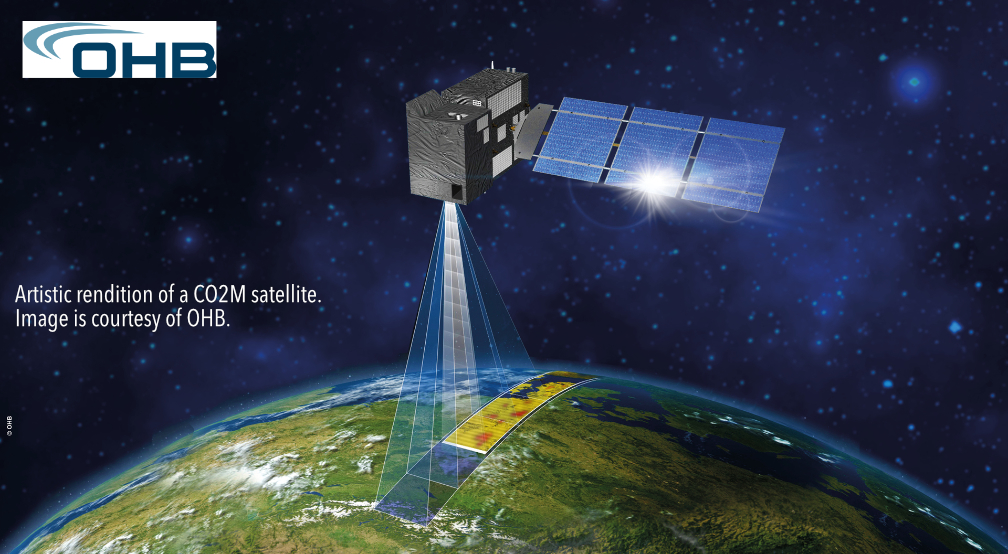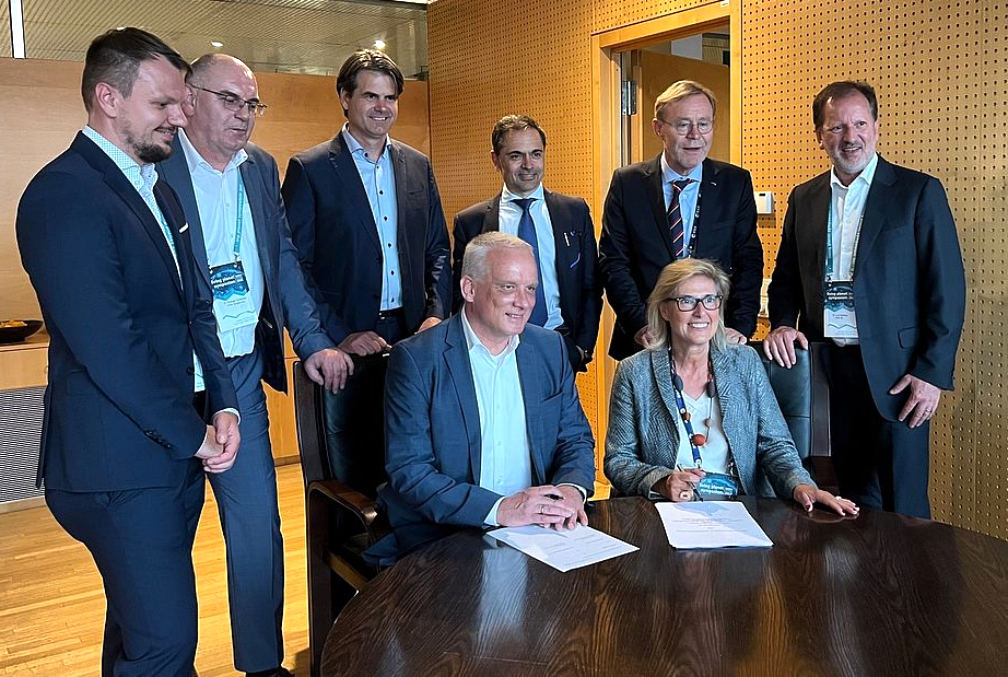
The CO2M mission of the European Earth Observation Program, Copernicus aims to specifically measure how much climate-changing carbon dioxide is actually released into the atmosphere by human activities.

OHB System AG, a subsidiary of the space and technology group OHB SE, was awarded a contract by the European Space Agency (ESA) two years ago for the realization of this special Earth Observation (EO) mission. Now, ESA and OHB have signed the contract amendment to activate the next development phases. As a result, two satellites to be delivered are now fully contracted and the final design and construction of the new climate sentinels can commence.
In the CO2M mission, the eye from space will bring transparency: The new EO satellites being developed and built at OHB are to record how much climate-changing CO2 is actually released into the atmosphere by human activities.
Using instruments that take measurements in the infrared wavelength range, the climate sentinels will be able to measure the concentration of carbon dioxide, methane and nitrogen dioxide in the atmosphere very precisely. The data will then provide reliable information on the emissions of individual countries, regions and cities and thus also help to verify whether the goals and implementation of the Paris Agreement are achieved.
The CO2M project is being implemented by an industrial consortium led by OHB. As the prime contractor, OHB is responsible for the overall system and is developing the satellite platforms. The total value of the contract is 445 million euros. A key partner is Thales Alenia Space as supplier of the payload. The almost two-ton CO2M satellites are to be launched to their orbit at an altitude of 735 kilometers sequentially from the end of 2025 to be operational in 2026.
Copernicus is the second major European space program, alongside Galileo, and provides an independent EO infrastructure. The data collected by measuring facilities on land, at sea, in the air and in space are primarily used for monitoring the environment and climate, but also help to cope with natural disasters and provide answers to security-related questions.
The Copernicus program is funded by the European Union and ESA and the launch is planned for late 2025.

“We are pleased and also proud that we will be contributing to the global monitoring of CO2 emissions with our satellites and that we as the prime contractor will be able to develop this mission, which is so important for our planet,” said Dr. Wolfgang Paetsch, member of the Management Board of OHB System AG.
“I am delighted that we are at this contract rider ceremony with OHB, the prime contractor for the Copernicus CO2M mission, and I look forward to the successful implementation of this important mission together with our partners the European Commission and Eumetsat,” said Simonetta Cheli, Director of Earth Observation Programs and Head of the ESA Centre for Earth Observation. Transparency from space
“Building satellites that broaden our view of the Earth and provide us with data to better understand and protect our planet is an extraordinary task. We are therefore very pleased that we can meet the demanding requirements of this complex mission and now begin the final design and construction of the CO2M satellites. The next major milestone, the Critical Design Review (CDR), in which the final design of the satellites will be assessed and confirmed, is targeted for the first part of 2023 to confirm a fully frozen design,” said CO2M Project Manager, Robert Hook.
